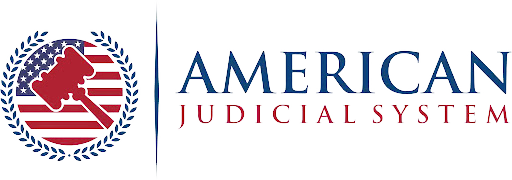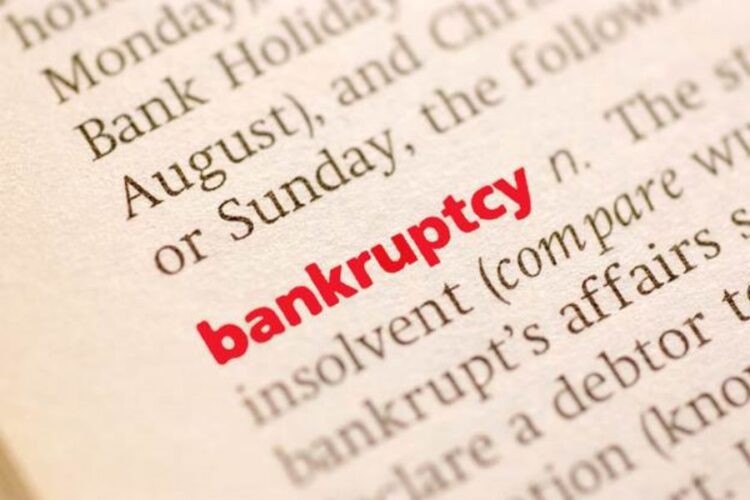Non-business bankruptcy filings are on the rise for the first time in a decade. According to recent U.S. Courts data, Chapter 7 filings increased by 19% in 2023-24. They hit a 10-year low in 2022, after which they saw a 16% increase in 2023. Chapter 13 filings, which tanked during the pandemic, went up by 52% for 2022-23 and 19% for 2023-24.
Industry experts point to a combination of factors, namely high inflation and interest rates, as the reason for the uptick. In April, Americans filed for Chapter 7 upon receiving their tax returns in hopes of getting much-needed debt relief. With the current economic policies entering the fray, it’s anyone’s guess as to where the graph will move this fiscal year.
In light of this, there’s no better time to discuss bankruptcy than now. It’s a legal process that shouldn’t be taken for granted, lest one risk worsening their financial status. Before filing for bankruptcy, take time to understand this legal primer.
Explaining Bankruptcy
While a person is obligated to pay their debts, it isn’t always possible. Bankruptcy exists to give a person a fresh start by collecting all their cash-convertible assets and distributing them among their creditors. Payment is done either by selling said assets or creating a long-term repayment plan.
The U.S. Bankruptcy Code (under USC Title 11) manages six types of bankruptcy, more commonly known as Chapters. For personal finances, you only need to remember two: Chapter 7 and Chapter 13.
Chapter 7 bankruptcy or relief is known as liquidation bankruptcy. In this process, a court-appointed bankruptcy trustee gathers an individual’s nonexempt assets (e.g., house or car equity, retirement account) and distributes them to creditors. Chapter 7 is the most filed type of bankruptcy, with over 320,000 filed in federal courts as of 2025.
Chapter 13 bankruptcy is also known as individual debt adjustment. If a person doesn’t want to lose anything to liquidation, they can negotiate a three or five-year repayment plan. The duration depends on whether the person’s monthly income is less than or greater than the state median. As of 2025, around 200,000 Chapter 13s had been filed.
On rare occasions, individuals can file for Chapter 11 bankruptcy (also called reorganization bankruptcy). While it also involves a repayment plan, it’s usually for debtors with debt exceeding what Chapter 7 or 13 allows. Chapter 11 is tailored more toward businesses seeking to remain in operation.
Don’t let these simplified explanations lull you into a false sense of confidence. Beneath these are clause upon clause of conditions, qualifications, and all sorts of legalese that the uninitiated will struggle to understand. You’d want help from a bankruptcy lawyer in Florida or any state to explain your options and, later, assist in various legal processes.
Pros and Cons of Declaring Bankruptcy
Filing for bankruptcy is a decision that shouldn’t be taken lightly. Despite the promise of starting afresh, it also involves running the gauntlet of drawbacks. Consider the following pros and cons when pondering this:
Pros● Immediately clears unsecured debt such as personal loans and student debt, providing significant debt relief ● Protect debtors from harassment by aggressive creditors through phone calls and letters ● Some state laws can protect certain assets from bankruptcy (e.g., Florida law exempts house equity) ● Steers clear of foreclosure and wage garnishment, among other processes (depending on the type of bankruptcy) ● Avoids some credit demerits, such as late or incomplete debt payments or loan defaults |
Cons● Bankruptcy is a severe demerit to the debtor’s credit score, affecting their chances of qualifying for future loans ● Filing for another bankruptcy (e.g., after another financial crisis) has a waiting time of several years ● Can’t discharge some kinds of debt, such as child support and alimony, regardless of the type of bankruptcy ● Bankruptcy records are open to the public via PACER, allowing lenders to conduct background checks ● Carries the stigma of being careless with money, even if that couldn’t be further from the truth |
Because of this, consumer finance experts strongly advise treating bankruptcy as a last resort. In a 2024 interview with CBS News, University of Illinois Urbana-Champaign law professor Robert Lawless says red flags include tapping into retirement savings, seeing your wages garnished, or constantly borrowing money.
In the same interview, University of Georgia School of Law bankruptcy professor Pamela Foohey added that the danger of repossession is also a red flag. She also said it’s a good idea to file for bankruptcy as soon as you land a new job or after recovering from an illness.
The court may require proof that the debtor has explored other alternatives before being approved for bankruptcy. Some examples include seeking help from a credit counseling agency, negotiating with creditors, or modifying existing loans.
The Filing Process
Bankruptcy filings are handled at the federal level, specifically by a bankruptcy court. Each of the country’s 94 judicial districts has at least one such court. The presiding judge hears and decides on various matters like a debtor’s eligibility to file.
Before the filing process, the debtor must fulfill several requirements. In addition to a list of all existing debts (secured and unsecured), they must attend a credit counseling program approved by the Department of Justice. The program costs USD$50 but can also be waived or discounted if the debtor’s income is below 150% of the poverty line.
It’s strongly recommended that you hire a lawyer to help with the filing process. The risks of not having one, from misinterpreting bankruptcy law to not exempting assets that could be exempt, are too great.
Upon filing, the bankruptcy court conducts a means test to determine the individual’s eligibility for a Chapter 7 or 13. Understanding how Chapter 7 bankruptcy works is especially important here, since eligibility depends on factors like income level, disposable income, and unsecured debt ratio. It gathers information about the debtor’s:
| Factor | Conditions | Eligibility |
| Average income in the past six months | < State median income | Chapter 7 |
| > State median income | Continue to the 2nd factor | |
| Current disposable income per month | < USD$136.25 | Chapter 7 |
| USD$136.25 – USD$227.50 | Continue to the 3rd factor | |
| > USD$227.50 | Chapter 13 | |
| Disposable income for the next five years | < 25% of total unsecured debt | Chapter 7 |
| > 25% of total unsecured debt | Chapter 13 |
Note: Eligibility can change if the debtor can provide proof of special circumstances
Because bankruptcy doesn’t apply to secured debt, the court will ask the individual to pay all their secured debt over a specific period. Once complete, an automatic stay is issued that prevents creditors from further collection.
After a specific period, the court issues a discharge that protects the debtor from further actions by creditors. These include collection attempts, contacting the debtor, and suing them in court. A Chapter 7 discharge usually occurs four months from the filing date, while a Chapter 13 discharge only happens after repayment is complete.
Conclusion
As more Americans file for bankruptcy, it’s important to be aware of the ups and downs. A bankruptcy should only be considered once you’ve exhausted all other options. Above all else, it’s better to have an experienced bankruptcy lawyer helping out.










